14-Day Music Marketing Course – Day 4: Music Showcase: Curate Your Top Tracks for Maximum Impact
Welcome back to Day 4 of the 14-Day Music Marketing Course! Yesterday, we focused on crafting compelling artist biographies. Today, we’re shifting gears to one of the most crucial aspects of online presence: presenting your music effectively. We’re diving into curating your top tracks for maximum impact. This means strategically selecting and ordering your songs to capture attention, leave a lasting impression, and ultimately, convert listeners into fans.
Why Curating Matters: Beyond Just Uploading
It’s tempting to simply upload all your tracks to streaming platforms and call it a day. However, this approach can be detrimental. Think of it like walking into a record store with no organization. Overwhelmed, you’d likely leave without buying anything. The same applies to your music online.
Effective curation:
- First Impressions are Crucial: New listeners often sample a few tracks before deciding to follow you. Your first few songs are your “hook,” and they need to be irresistible.
- Showcase Your Diversity (Strategically): While consistency is important for branding, you also want to demonstrate your range and artistic capabilities. Strategic sequencing allows you to showcase different sides of your artistry without overwhelming listeners.
- Increase Engagement: Thoughtfully curated playlists and artist profiles encourage longer listening sessions, leading to more streams, shares, and follows.
- Tell a Story: Sequencing can create a narrative arc, enhancing the listener’s experience and forging a deeper connection with your music.
Today’s Objective:
By the end of today, you’ll be able to:
- Identify your strongest tracks based on specific criteria.
- Curate your top tracks strategically for various platforms, including Spotify, Apple Music, YouTube, and your website.
- Understand the psychology behind track sequencing and how it impacts listener engagement.
Step 1: Identifying Your “A-List” Tracks
Not all your songs are created equal. Some resonate more strongly than others. These are your “A-List” tracks – the ones you want to showcase first. Here’s how to identify them:
- Analyze Streaming Data: Which tracks have the most plays, saves, and shares across platforms? This is your primary indicator of audience appeal.
- Consider Fan Feedback: What songs do fans request most often at live shows? Which ones generate the most buzz on social media?
- Objectively Evaluate Production Quality: Is the mix polished? Are the vocals strong? Are the instruments well-recorded? A technically sound track is crucial for making a positive first impression.
- Assess Songwriting Quality: Are the lyrics engaging? Is the melody memorable? Does the song have a strong hook?
- Gauge Emotional Impact: Does the song evoke a strong emotional response? Does it connect with listeners on a deeper level?
- Think About Brand Alignment: Which songs best represent your overall artistic identity and target audience?
Create a spreadsheet and list all your songs. Then, rate them on a scale of 1-5 (1 being the lowest, 5 being the highest) for each of the criteria above. The songs with the highest overall scores are your “A-List” tracks.
Step 2: Curating for Different Platforms
Each platform has its own nuances, so you need to tailor your track curation accordingly.
-
Spotify:
- Artist Profile:
- Artist’s Pick: This is PRIME real estate. Choose ONE song that you believe best represents you right now. This song should be dynamically updated based on your latest releases and promotional efforts.
- Popular: Spotify automatically displays your most streamed songs. Keep an eye on this section and consider if you want to influence the order.
- Playlists: Curate a few key playlists:
- “This is [Your Artist Name]”: A selection of your best work, showcasing your range and talent. Include your “A-List” tracks, fan favorites, and maybe a few deep cuts for dedicated listeners.
- Genre-Specific Playlists: If you dabble in different genres, create separate playlists for each. This helps listeners discover the specific styles they’re interested in.
- Inspirational Playlists: Share the music that inspires you. This offers listeners a glimpse into your musical influences and personality.
- Album/EP Sequencing: Start with a strong, attention-grabbing track. Consider the overall mood and pacing of the release. End with a powerful track or a more contemplative one.
- Artist Profile:
-
Apple Music:
- Similar to Spotify, prioritize curating your artist profile with your best work and creating playlists that showcase your music and influences. Pay attention to Apple Music’s editorial playlists and pitch your music accordingly.
-
YouTube:
- Featured Video: Choose a visually stunning music video or a compelling live performance to highlight on your channel.
- Playlists: Organize your music videos and audio tracks into playlists based on album, genre, or theme.
- Channel Trailer: Create a short video that introduces your music and invites viewers to subscribe. Feature snippets of your best tracks.
-
Your Website:
- Homepage Showcase: Embed a playlist featuring your “A-List” tracks. Make it prominent and easy to access.
- Music Page: Organize your music by album, EP, or genre. Consider offering free downloads of select tracks to incentivize email sign-ups.
Step 3: The Psychology of Track Sequencing
The order in which you present your music can significantly impact listener engagement. Here are a few key principles to consider:
- The “Hook” First: Start with your most captivating track. This is your chance to grab the listener’s attention and make them want to hear more.
- Vary the Pace: Avoid placing too many high-energy tracks back-to-back. Mix things up with slower, more mellow songs to create a dynamic listening experience.
- Consider the Emotional Journey: Think about the overall mood you want to create. Do you want to start with a bang and gradually transition to something more introspective? Or vice versa?
- End with a Bang (or a Whisper): The final track should leave a lasting impression. You can either go out with a powerful, memorable song or end on a more contemplative note that leaves the listener wanting more.
- Experiment and Iterate: Don’t be afraid to try different sequencing arrangements and track the results. Pay attention to which playlists perform best and adjust your strategy accordingly.
Practical Exercise:
- Identify Your Top 5 Tracks: Based on the criteria we discussed, choose your top 5 tracks that you believe best represent your music.
- Create a “Best Of” Playlist: Curate a playlist on Spotify or Apple Music featuring your top tracks. Pay attention to the sequencing and consider the psychology behind your choices.
- Optimize Your YouTube Channel: Update your featured video and create playlists that showcase your music.
- Review Your Website: Ensure your music is prominently displayed on your website and that the playlist is easy to access.
Tomorrow’s Focus:
Tomorrow, we’ll be focusing on building your email list, a crucial tool for direct fan engagement and long-term success.
Key Takeaways:
- Effective music curation is essential for making a strong first impression and maximizing listener engagement.
- Identify your “A-List” tracks based on streaming data, fan feedback, and objective evaluation.
- Tailor your track curation strategy to each platform, considering its unique features and audience.
- Understand the psychology behind track sequencing and how it impacts listener experience.
- Continuously experiment and iterate to optimize your track curation strategy over time.
By implementing these strategies, you can ensure that your music is presented in the best possible light and that you’re capturing the attention of new listeners and converting them into loyal fans. Good luck, and we’ll see you tomorrow!


